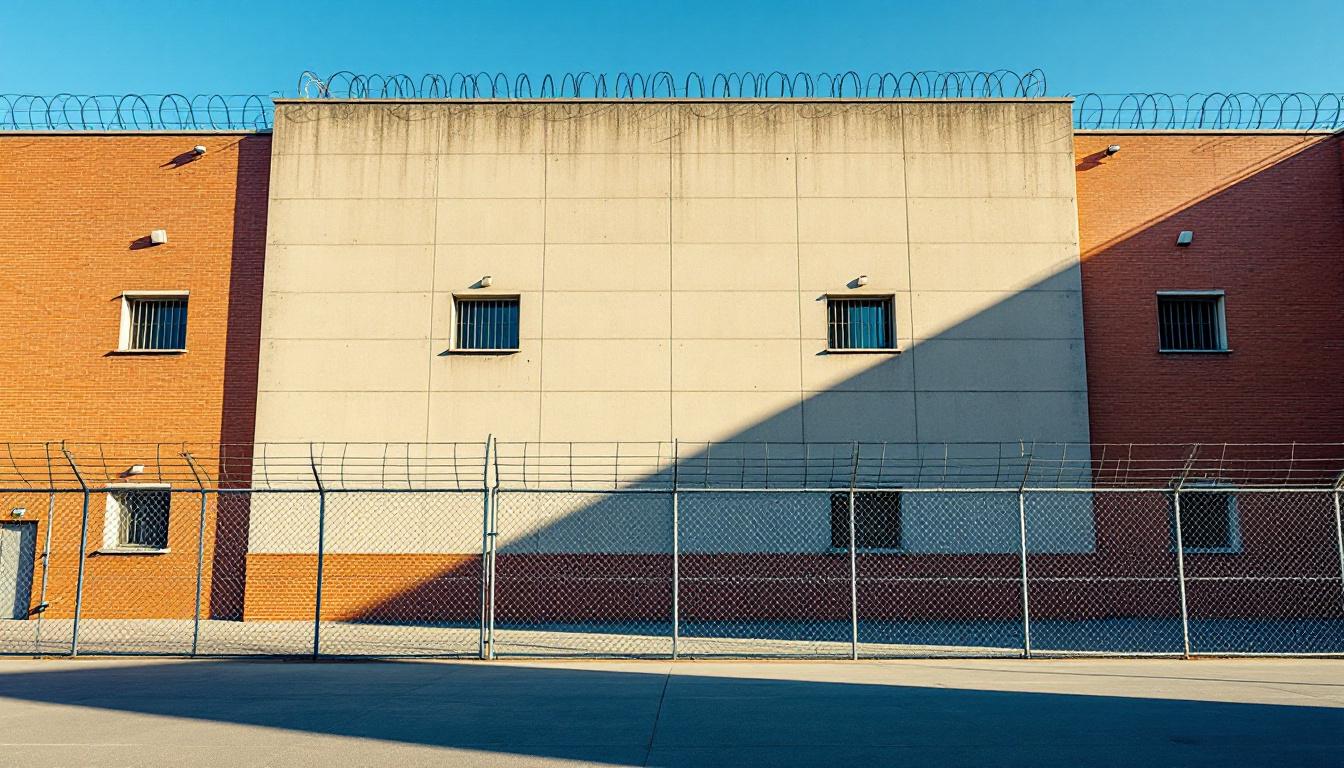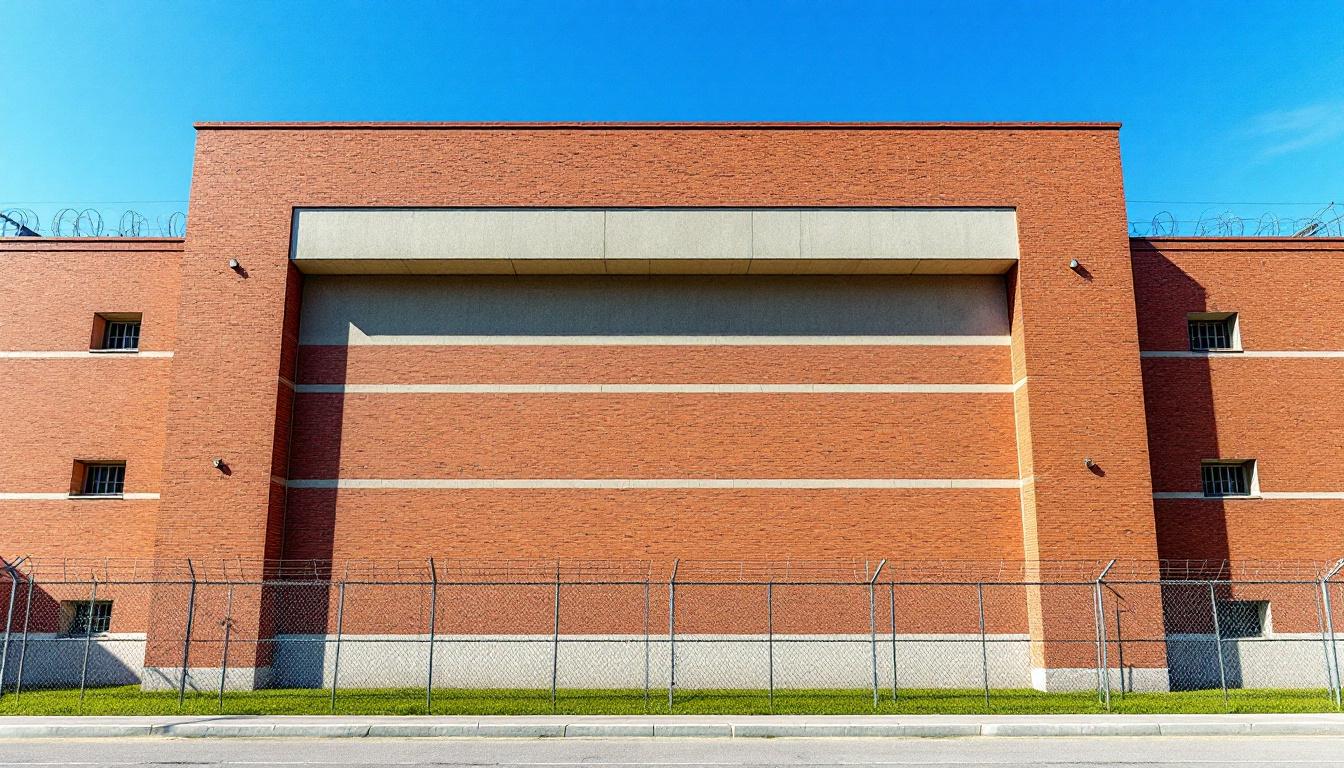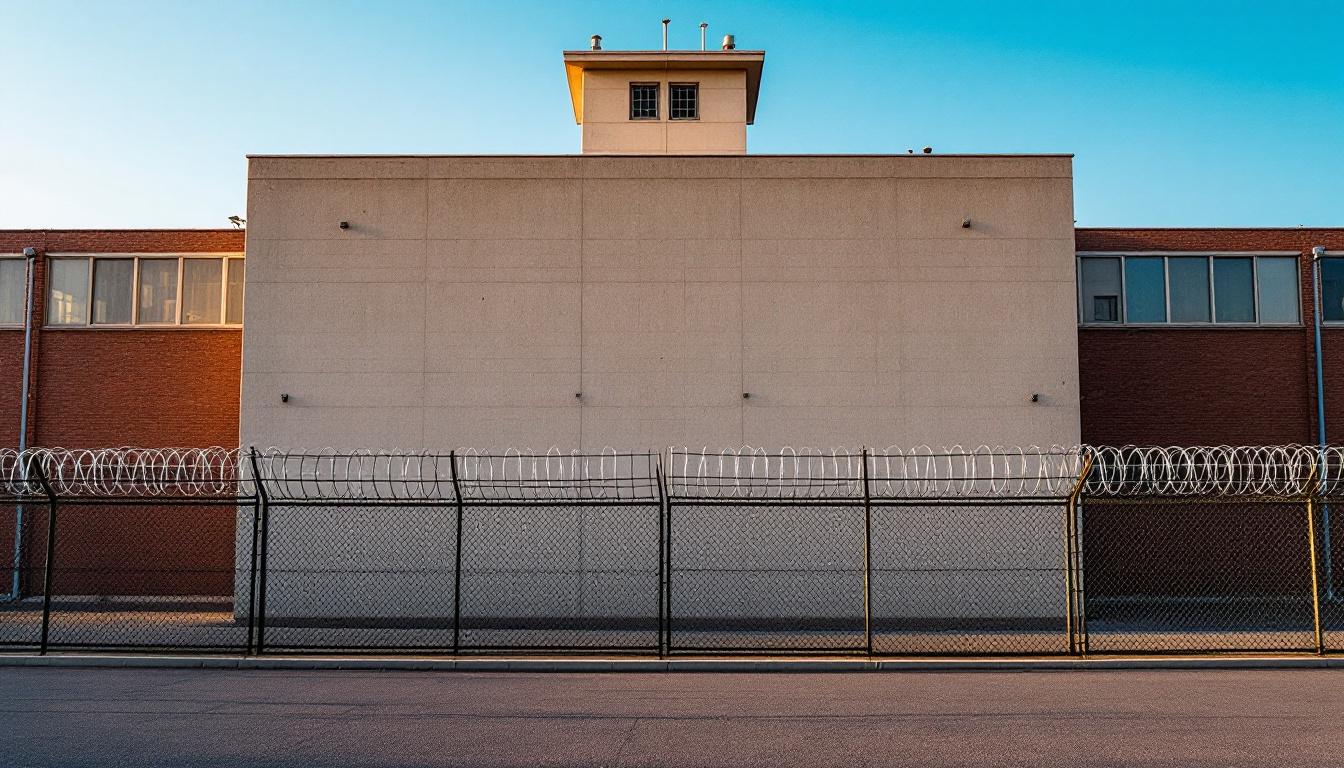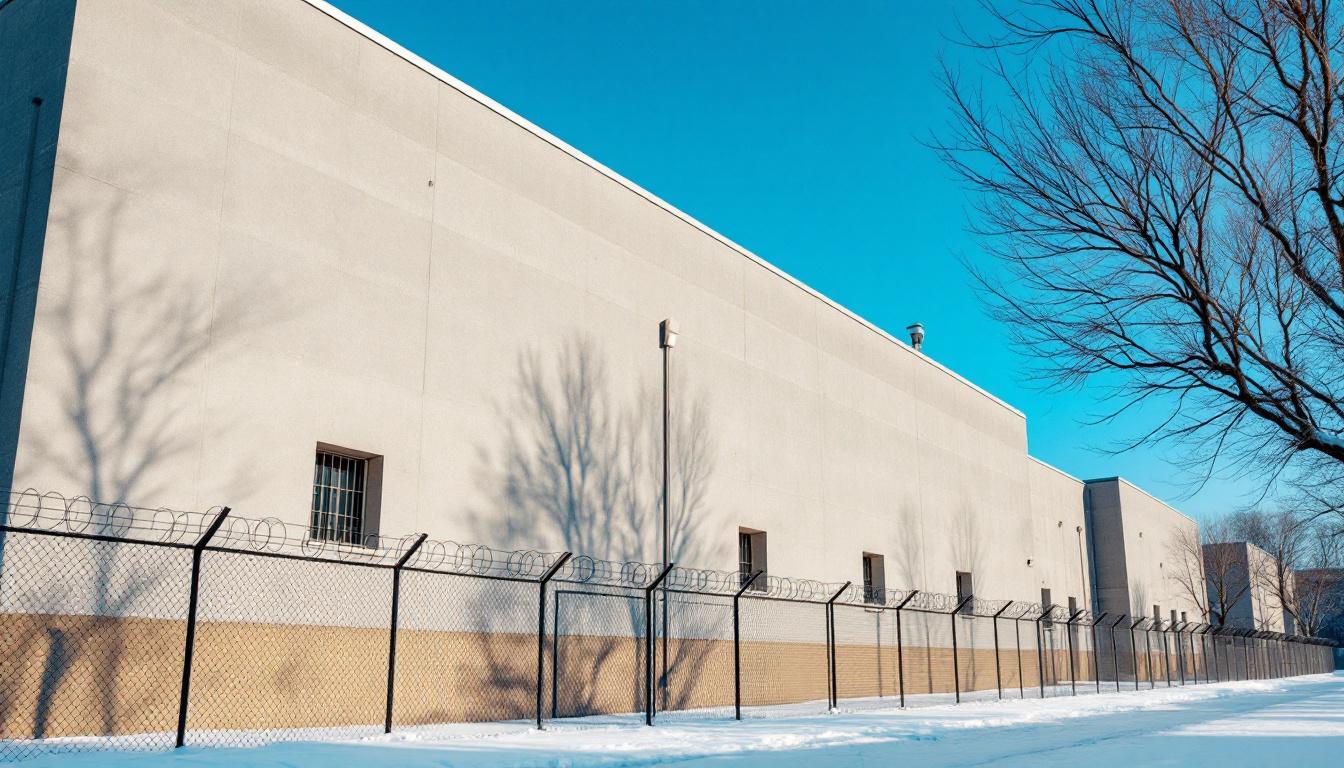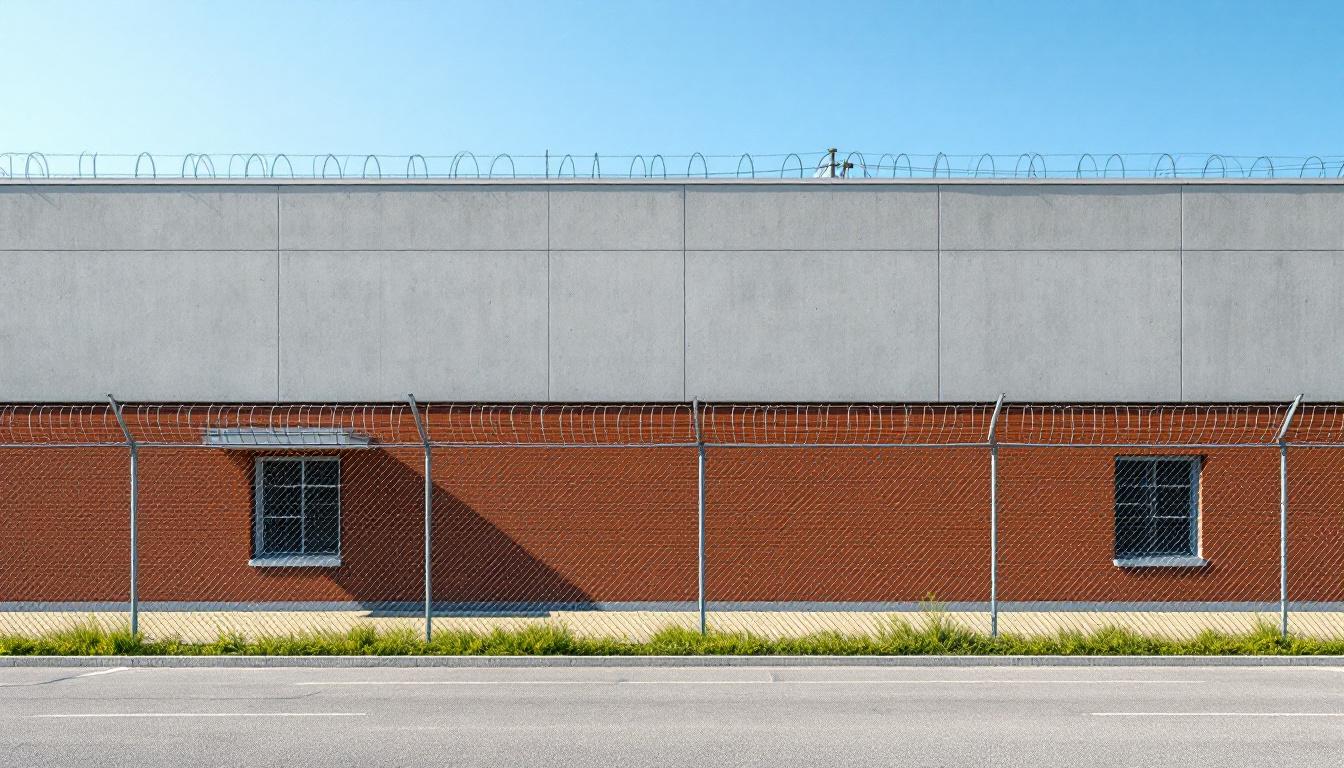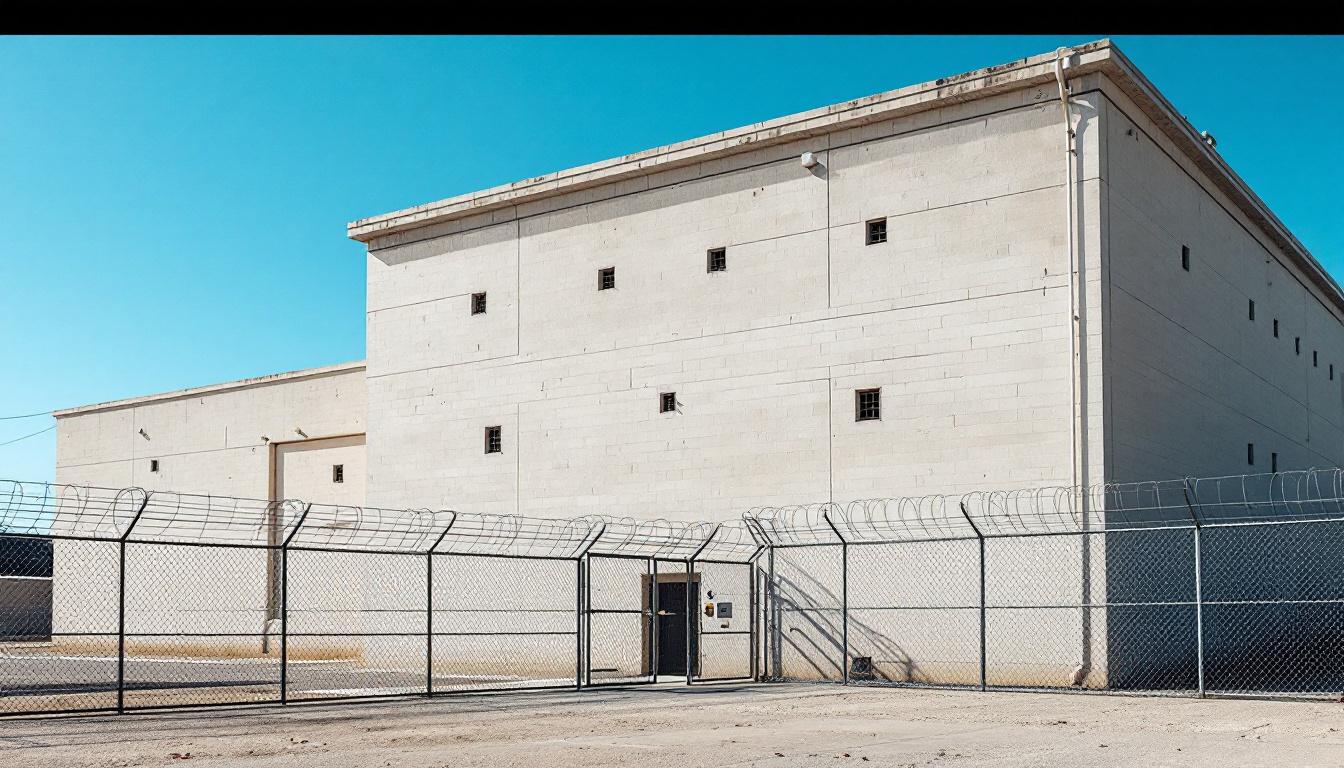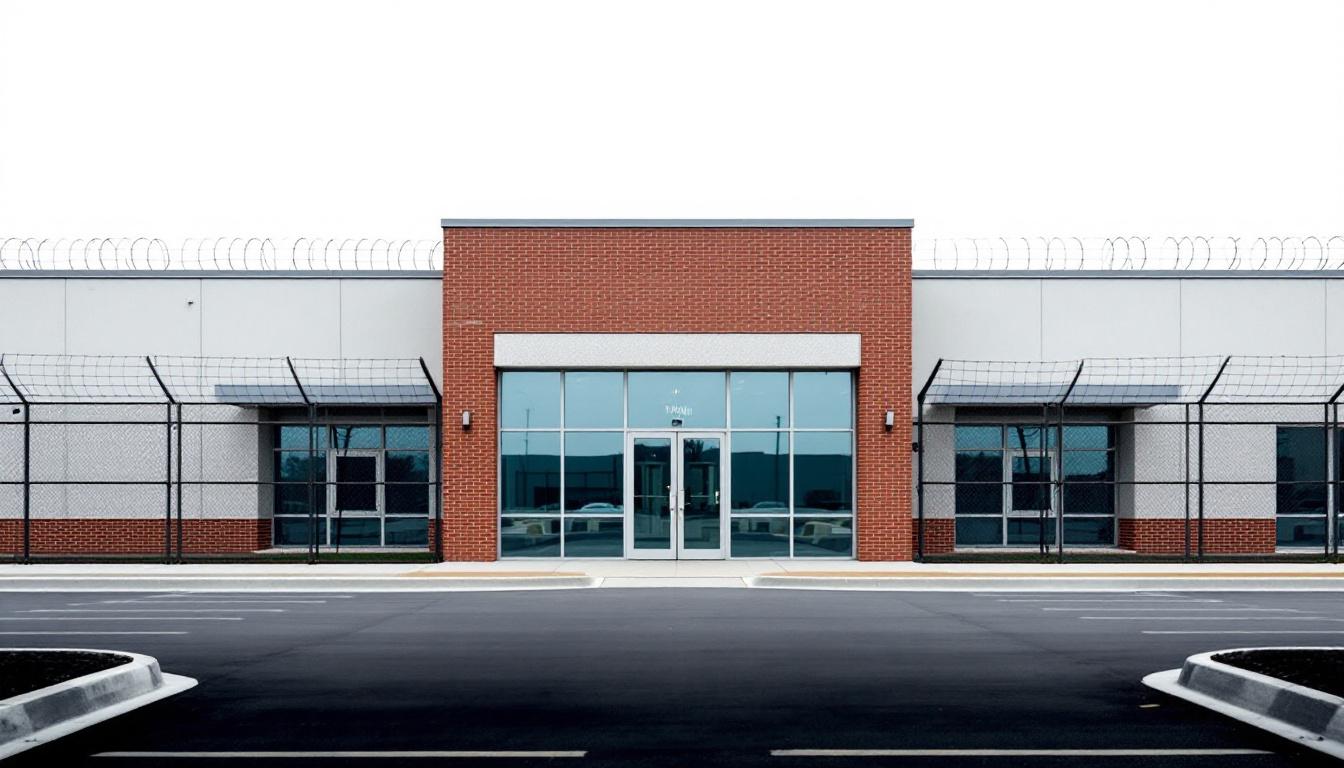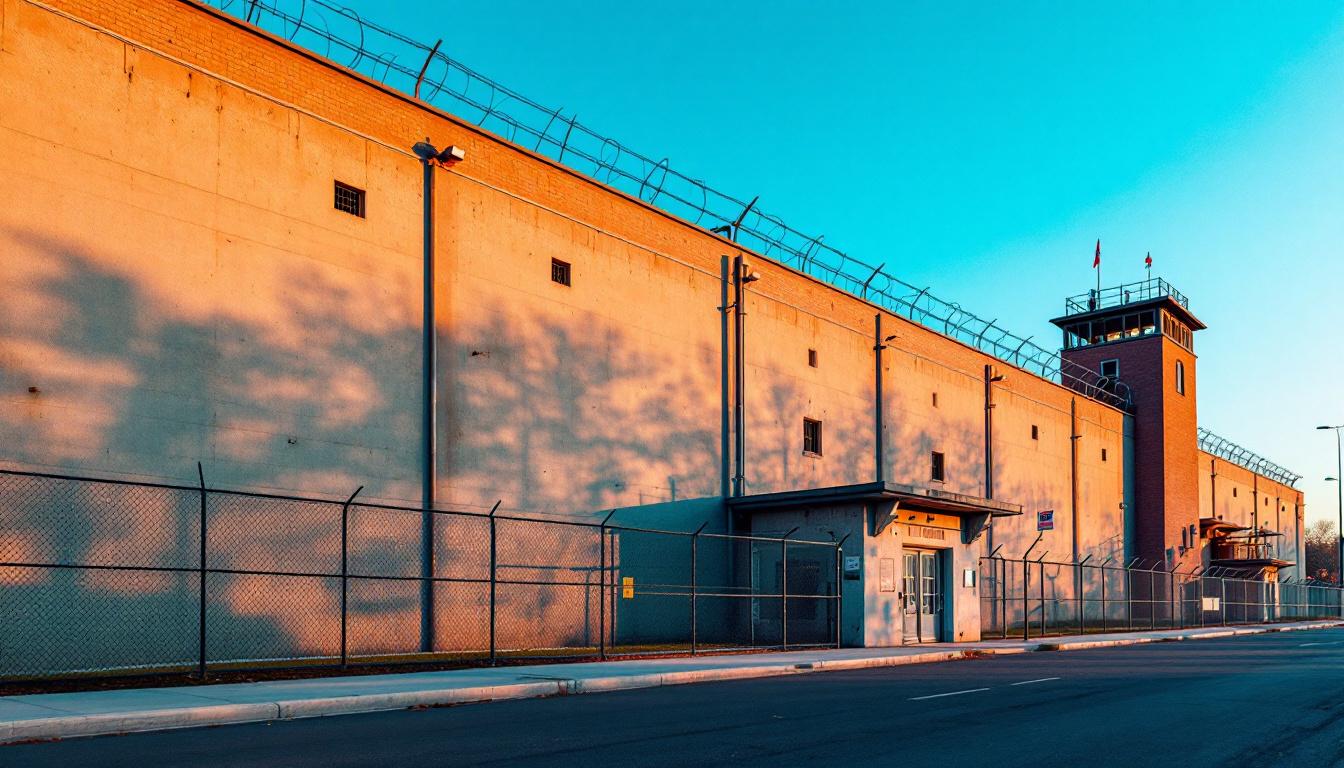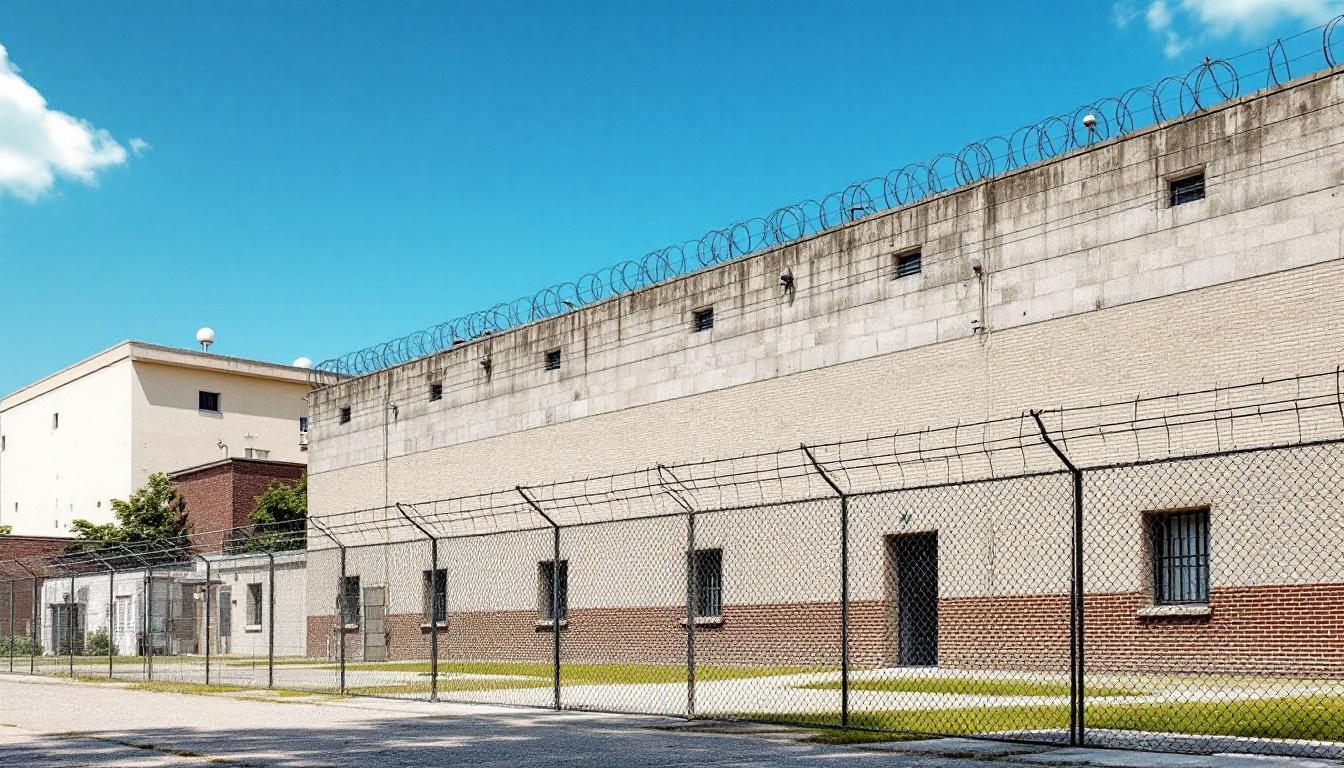
Quick Navigation
How to contact an inmate at Beauregard Parish Sheriff
This comprehensive guide will walk you through how to connect with an inmate at Beauregard Parish Sheriff. Follow the steps below to find an inmate and send letters and photos:
- Search for the inmate using our search tool below
- Create your account or log in to Penmate
- Write your message (up to 6,000 characters)
- Send instantly - inmates receive printed copies daily
Find an Inmate
Search for an inmate to start communicating today
Tip: You can search by first name, last name, or inmate ID number
To contact a person at Beauregard Parish Sheriff start by searching for the person on the official facility website. Perform a search by following these steps:
- Step 1: Enter their first name and last name into the search form and click "Search"
- Step 2: Locate their inmate record
- Step 3: Write down their Inmate ID and any housing information provided
Important! Be sure to enter the person's full name. Nicknames should not be used.
How to Send Messages to Inmates

You can use your phone or computer to send emails, letters, and photos to an inmate. Messages are sent electronically to inmate tablets or kiosks at the facility. If you would like to send a message, start by searching for an inmate at Beauregard Parish Sheriff.
Sending Photos and Postcards

A great way to send love and support to a loved one at Beauregard Parish Sheriff is to send photos and postcards. It only takes a few minutes to send photos from your phone and it makes a huge difference. You can also mail postcards with words of support and inspiration, or design your own postcard for special moments like birthdays and holidays.
Important! Be sure not to send any explicit photos or they may not be approved by the facility. You can also use a photo printing app like Penmate to make sure your photos are printed at the correct size (4x6 or 3x5) and are mailed according to the rules and regulations of Beauregard Parish Sheriff.
Frequently asked questions about Beauregard Parish Sheriff
-
How long does it take to deliver a message?
If you're sending an email message your letter is usually delivered within 24-48 hours. For messages sent via mail you should expect delivery within 3-7 days. All messages will need be approved by Beauregard Parish Sheriff.
-
How much does it cost to send a message to Beauregard Parish Sheriff?
You can send a message free using your phone or mail a message via USPS for the price of a $0.60 stamp and envelope. You can also purchase credits or e-stamps from services starting at $1.99.
-
What services can I use to contact an inmate at Beauregard Parish Sheriff?
Penmate
You can use Penmate to send letters and photos to an inmate from your phone. It's an easy way to stay in touch during your loved one's incarceration. Use the inmate locator to find an inmate's location and contact information, then you can send messages within a few minutes.
Securus messaging
Securus may be another option for communicating with an inmate at Beauregard Parish Sheriff. You can create a friends and family account and purchase credits to send messages. All messages will be reviewed and must be approved by the facility.
JPay
Some county jails and state prisons may support sending messages with JPay. You must register an account with the system, find your loved one, and purchase stamps to send messages. For some locations you can also attach photos.
Smart Jail Mail
You may also check if Smart Jail Mail is available at Beauregard Parish Sheriff. Smart Jail Mail is operated by Smart Communications and has contracted with some state and county jails. After purchasing credits, your messages and photos are sent to the facility, printed out, and then handed out to your loved one.
-
What is the mailing address of Beauregard Parish Sheriff?
Mailing address:
Beauregard Parish Sheriff
412 Bolivar Bishop Dr
DeRidder, LA 70634
Phone: (337) 463-3281 -
What are the visiting hours at Beauregard Parish Sheriff?
Visiting hours at Beauregard Parish Sheriff vary by housing unit and security level. Generally, visits are scheduled on weekends and holidays, with some facilities offering weekday visits. Contact the facility directly at (337) 463-3281 or check their website for the current visiting schedule. Visits typically last 30-60 minutes and must be scheduled in advance.
-
What items are prohibited when sending mail to Beauregard Parish Sheriff?
Prohibited items typically include: cash, personal checks, stamps, stickers, glitter, glue, tape, staples, paperclips, polaroid photos, musical or blank greeting cards, hardcover books, magazines with staples, and any items containing metal or electronics. Only send letters on plain white paper with blue or black ink. Photos must be printed on regular photo paper (no Polaroids). Always check with Beauregard Parish Sheriff for their specific mail policies.
-
How do I send money to an inmate at Beauregard Parish Sheriff?
You can send money to an inmate at Beauregard Parish Sheriff through several methods: 1) Online using JPay, Access Corrections, or the facility's approved vendor, 2) Money orders mailed directly to the facility with the inmate's name and ID number, 3) Kiosks located in the facility lobby, or 4) Over the phone using a credit or debit card. Fees vary by method, typically ranging from $2.95 to $11.95 per transaction.
-
Can I schedule a video visit with an inmate at Beauregard Parish Sheriff?
Many facilities now offer video visitation as an alternative to in-person visits. At Beauregard Parish Sheriff, video visits may be available through services like Penmate, Securus Video Connect, GTL, or ICSolutions. Video visits typically cost $10-20 for 20-30 minutes and must be scheduled in advance. You'll need a computer or smartphone with a camera and reliable internet connection. Contact the facility for their specific video visitation policies and approved vendors.
-
What identification do I need to visit an inmate at Beauregard Parish Sheriff?
All visitors must present valid government-issued photo identification such as a driver's license, state ID, passport, or military ID. Minors must be accompanied by a parent or legal guardian who can provide the minor's birth certificate. Some facilities require visitors to be on the inmate's approved visitation list, which may require a background check. Contact Beauregard Parish Sheriff for specific ID requirements and visitor approval procedures.
-
How can I find out an inmate's release date?
To find an inmate's release date at Beauregard Parish Sheriff, you can: 1) Use the online inmate search tool if available, 2) Call the facility's records department, 3) Contact the inmate's case manager or counselor, or 4) Have the inmate provide this information during a call or visit. For privacy reasons, some facilities only release this information to immediate family members.
Facility Overview
Contact Information
Beauregard Parish Sheriff412 Bolivar Bishop Dr
DeRidder, LA 70634
Phone: (337) 463-3281
Official Website

About Beauregard Parish Sheriff
Nestled in the heart of DeRidder, Louisiana, Beauguard Parish, LA serves as a vital component of the state's correctional system, where community-centered approaches to offender management take precedence in daily operations. This LA correctional facility emphasizes accessible pathways to rehabilitation, recognizing that meaningful change often begins when residents services connect individuals with educational opportunities and skill-building programs that prepare them for successful community reintegration.
The facility typically operates with a philosophy that views incarceration as an opportunity for transformation rather than merely punishment. Staff members generally work to create an environment where residents can access various programming options that may include vocational training, literacy development, and behavioral intervention services. These correctional facility programs are often designed to address the underlying factors that contribute to criminal behavior while building practical skills that support long-term success upon release.
DeRidder's strategic location within Louisiana's correctional network allows the facility to maintain strong connections with community organizations and support systems that extend beyond the facility walls. Rehabilitation efforts commonly focus on preparing residents for their eventual return to society through programs that may encompass job readiness training, substance abuse counseling, and family reunification services, reflecting the facility's commitment to reducing recidivism through comprehensive support and evidence-based practices.
Programs & Services
Comprehensive rehabilitation initiatives at this Louisiana correctional facility emphasize skill development and personal transformation through evidence-based programming designed to address the multifaceted challenges residents face upon reintegration. The facility's approach recognizes that successful reentry depends not merely on punishment completion, but on equipping individuals with practical competencies, emotional resilience, and spiritual grounding that may foster long-term behavioral change.
Educational initiatives typically encompass literacy enhancement, GED preparation, and adult basic education coursework that addresses fundamental academic deficiencies many residents bring to the facility. These programs often utilize individualized learning plans that accommodate varying educational backgrounds and learning styles. Also, vocational training initiatives may deliver hands-on instruction in trades such as welding, carpentry, automotive repair, and food service preparation, providing residents with marketable skills that employers actively seek. Such programming often includes certification opportunities that enhance employment prospects and may reduce recidivism rates through meaningful career pathways.
Support services form the cornerstone of the facility's holistic rehabilitation approach, with faith-based services typically offering spiritual counseling, worship opportunities, and values-based programming that many residents find instrumental in personal transformation. Reentry preparation initiatives may include job placement assistance, housing coordination, and life skills workshops covering financial literacy, conflict resolution, and family reunification strategies. Also, community service programs often provide residents with opportunities to contribute positively to local organizations while developing work ethics and civic responsibility, creating meaningful connections between incarcerated individuals and the broader community they will eventually rejoin.
Daily Life & Visitation

The sound of morning announcements now signals the beginning of each carefully orchestrated day, as residents move through a predictable sequence of activities that regularly provides the framework for institutional life. Wake-up calls typically occur in the early morning hours, followed by scheduled meal times, work assignments, and programming sessions that deliver consistent structure throughout the day. Count times occur at regular intervals, ensuring accountability while residents navigate between their various responsibilities and activities.
Living accommodations at the facility generally consist of shared housing units where residents maintain their personal spaces within the established guidelines. Each resident typically has access to basic furnishings and may store approved personal items according to facility regulations. Also, the dining arrangements follow a structured schedule, with meals served at designated times in common areas where residents gather for breakfast, lunch, and dinner. The commissary system usually allows residents to purchase additional food items and personal care products, providing some degree of personal choice within the institutional environment.
However, daily life extends beyond basic routines to include various programming opportunities that may offer educational classes, vocational training, and recreational activities. Work assignments often provide residents with responsibilities in areas such as kitchen services, maintenance, or facility operations, contributing to the overall functioning of the institution. Also, visitation policies typically allow for regular contact with family members and approved visitors during scheduled hours, while phone privileges and correspondence generally enable residents to maintain connections with their support systems outside the facility. Recreation time usually includes access to outdoor areas, television viewing, and other leisure activities that help break up the structured day while promoting social interaction among residents.
Ready to Connect?
Start communicating with your loved one today
Search for an Inmate

